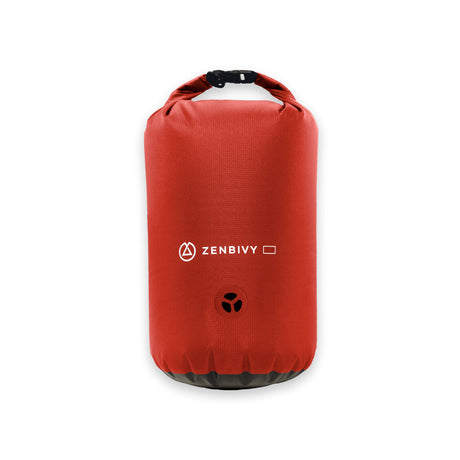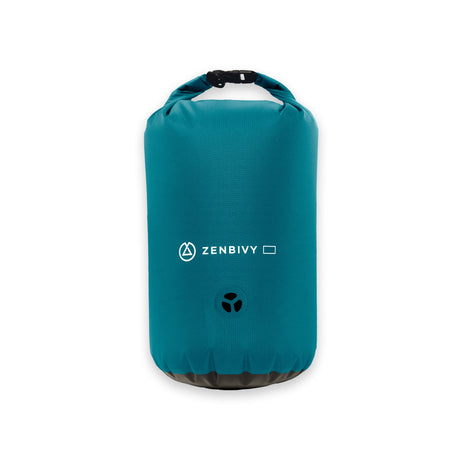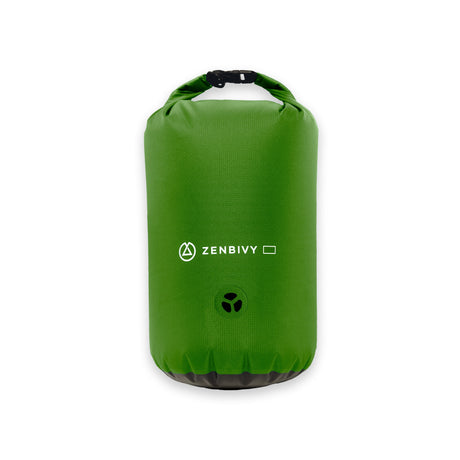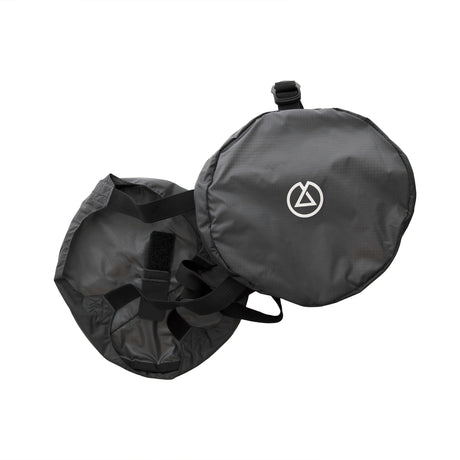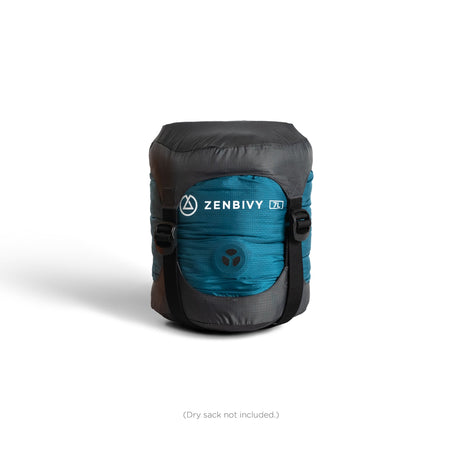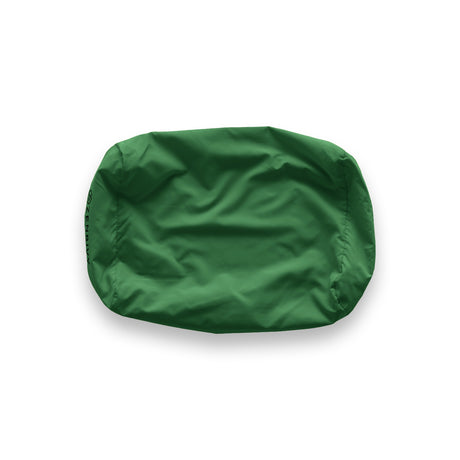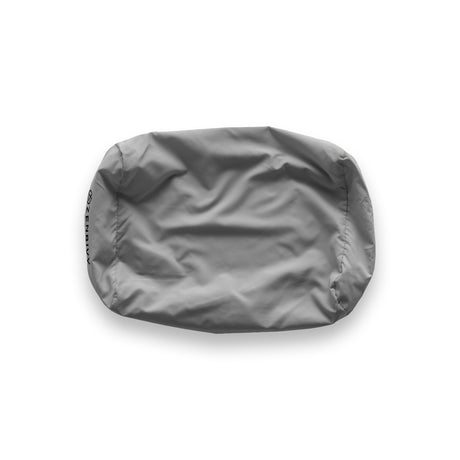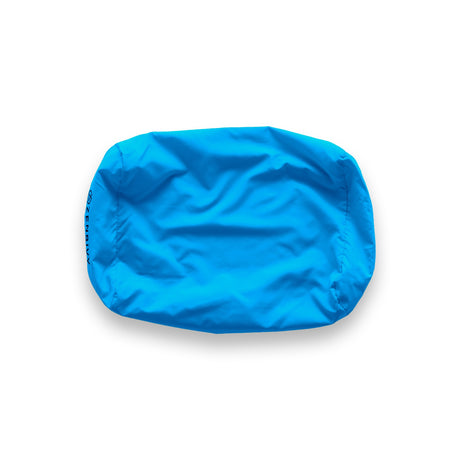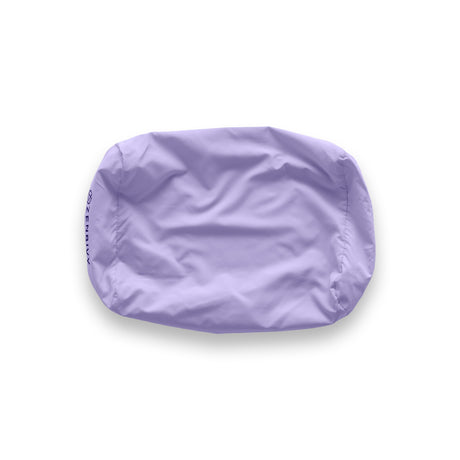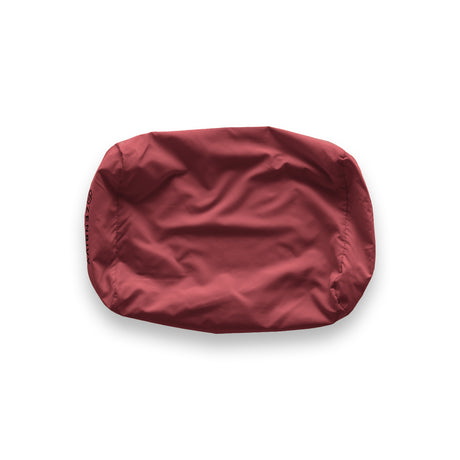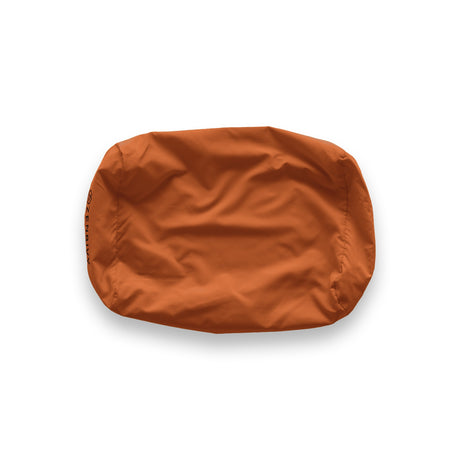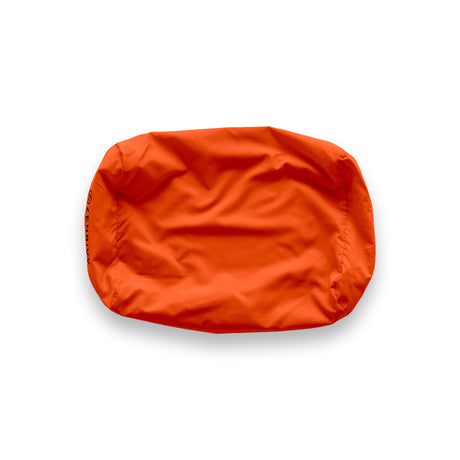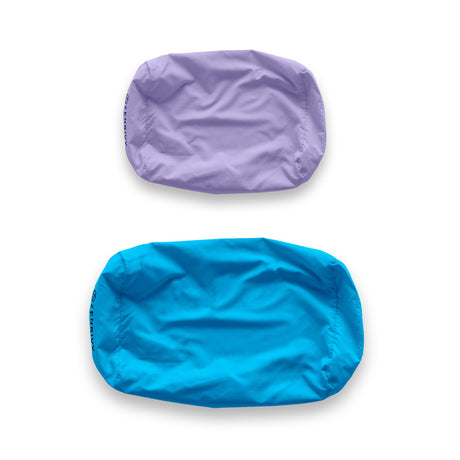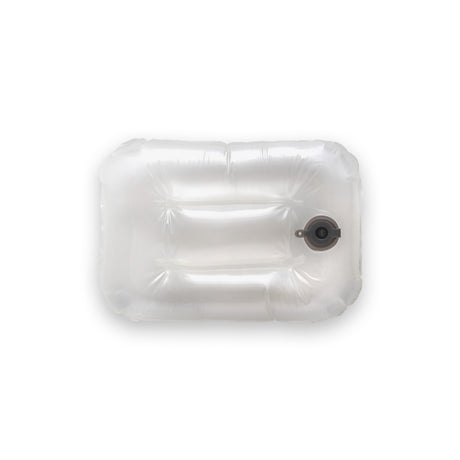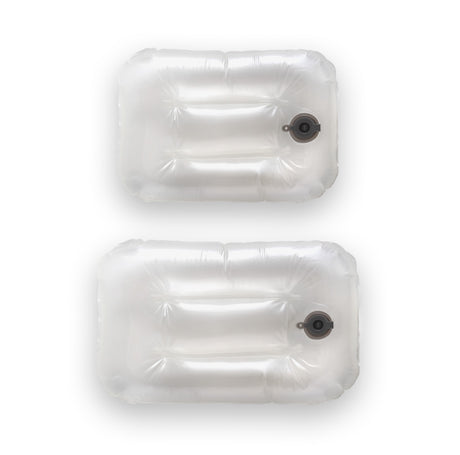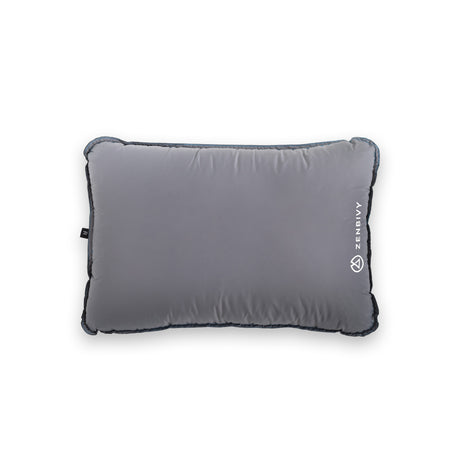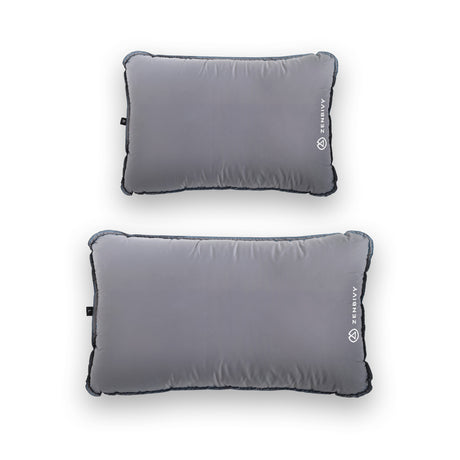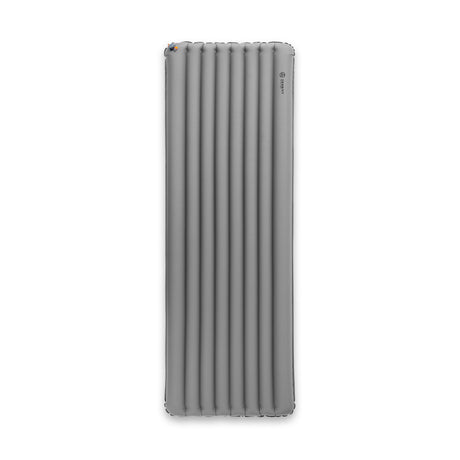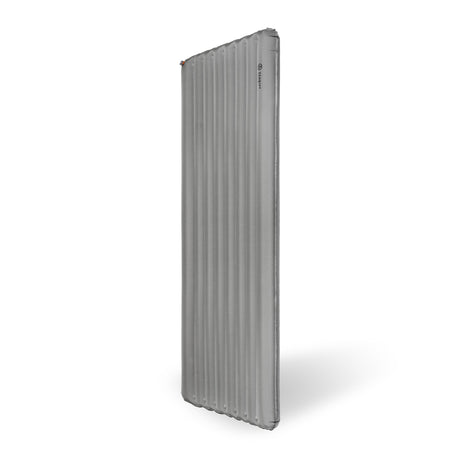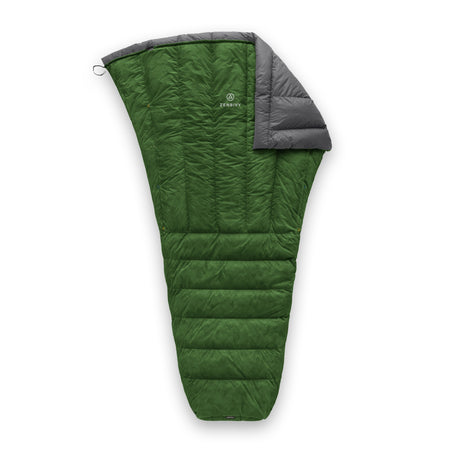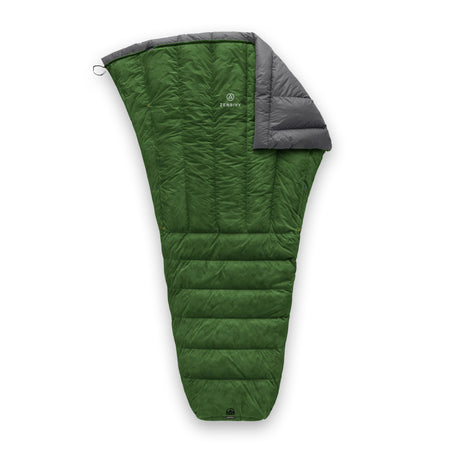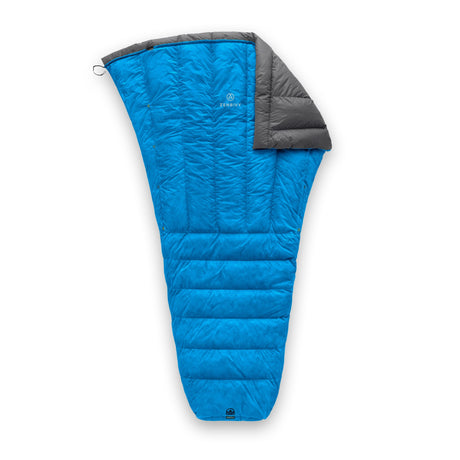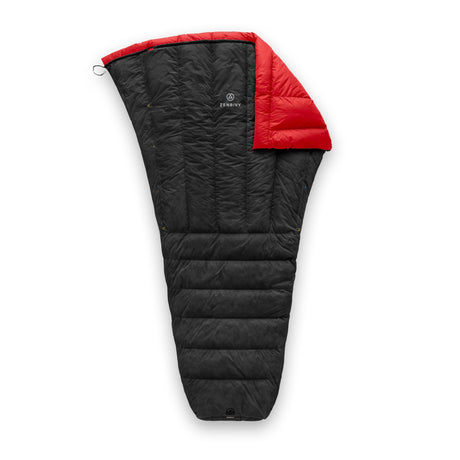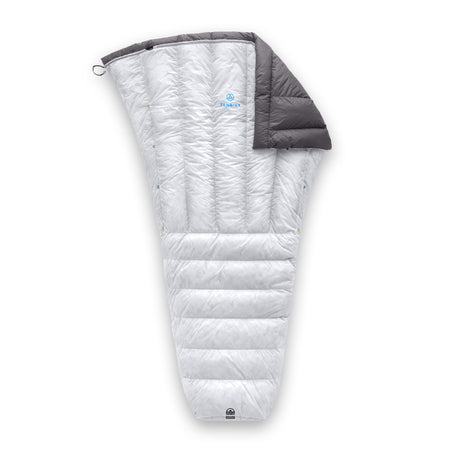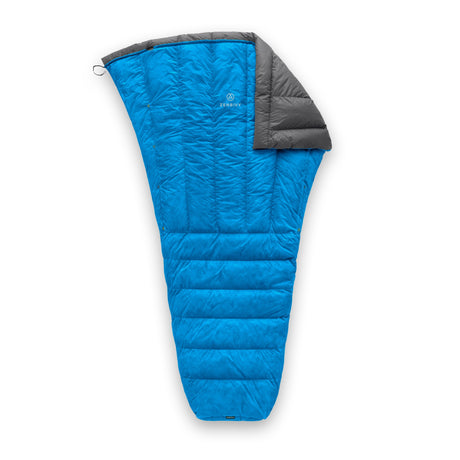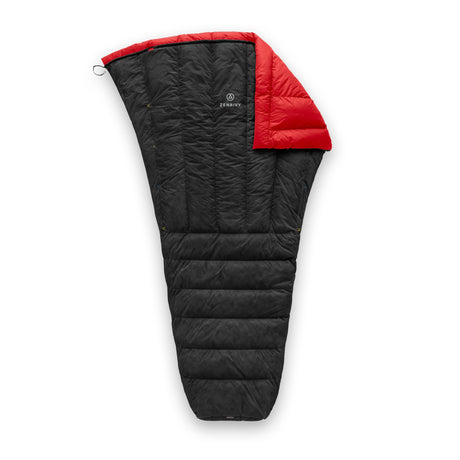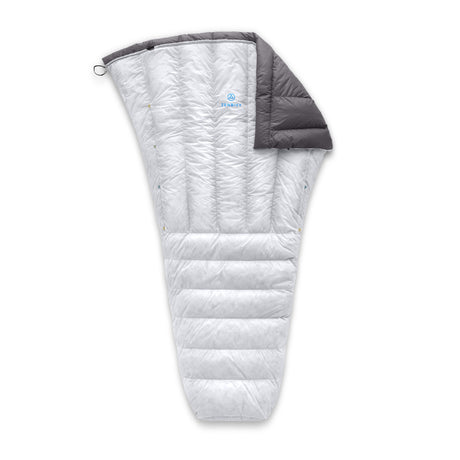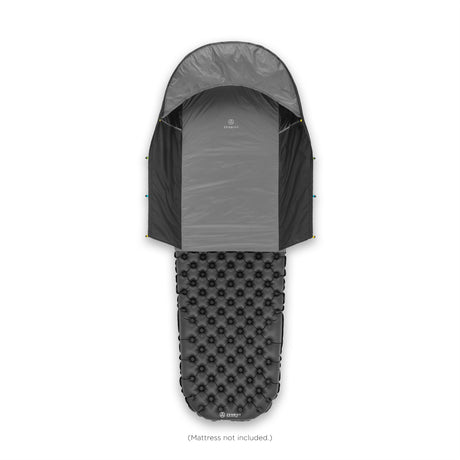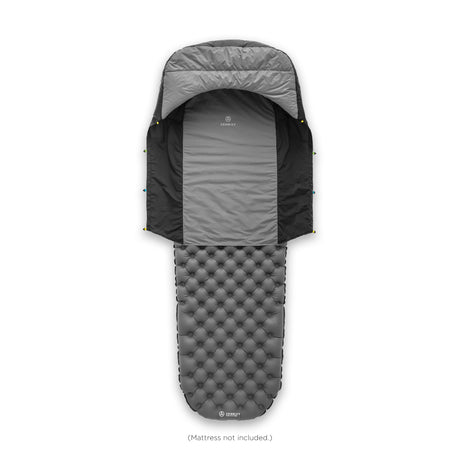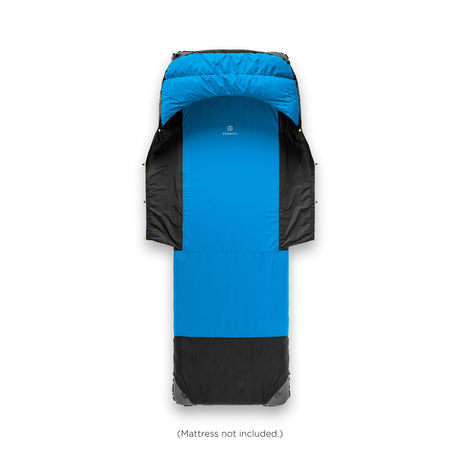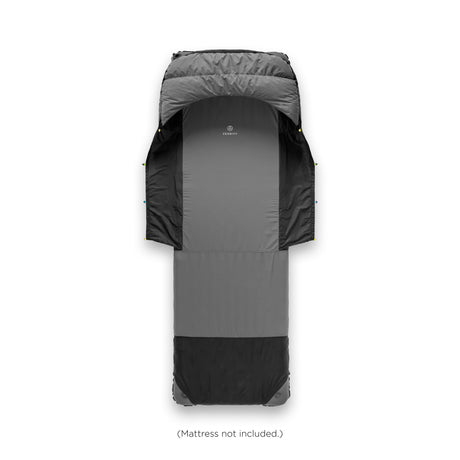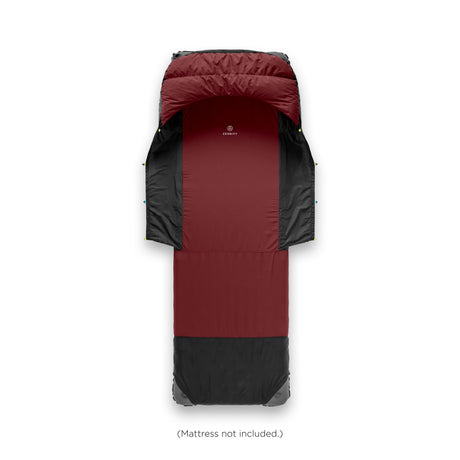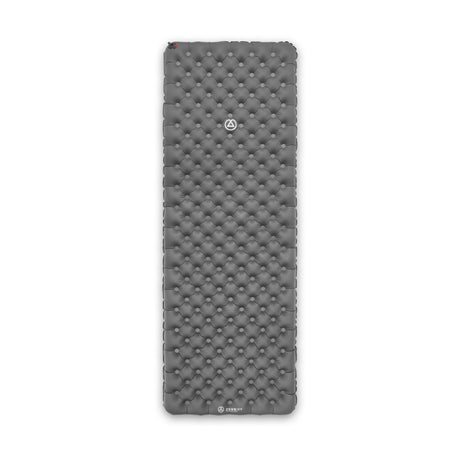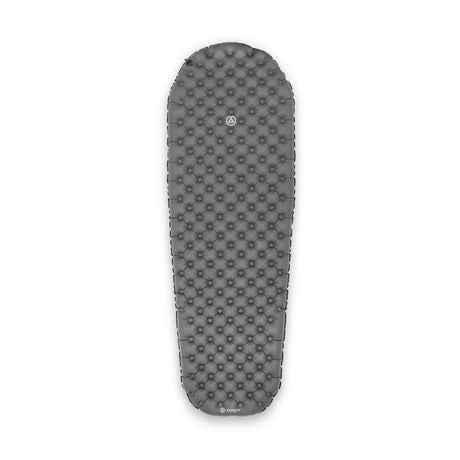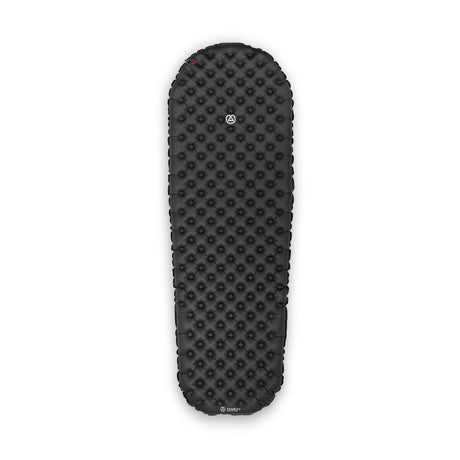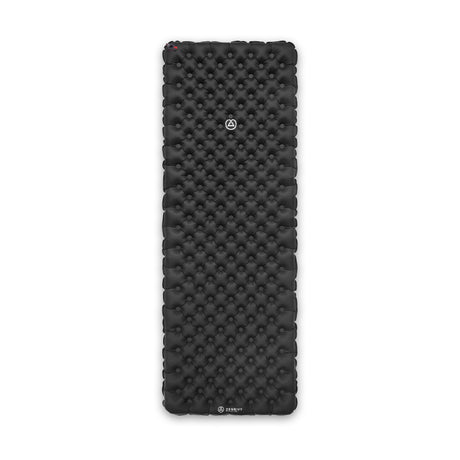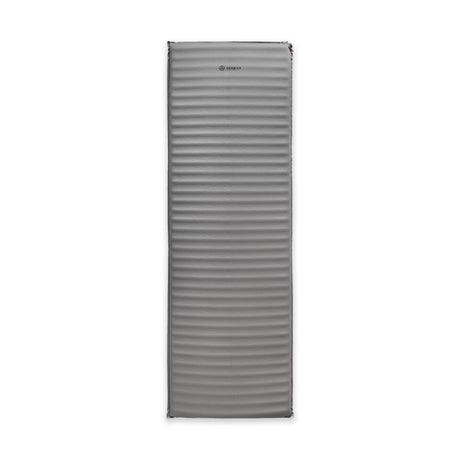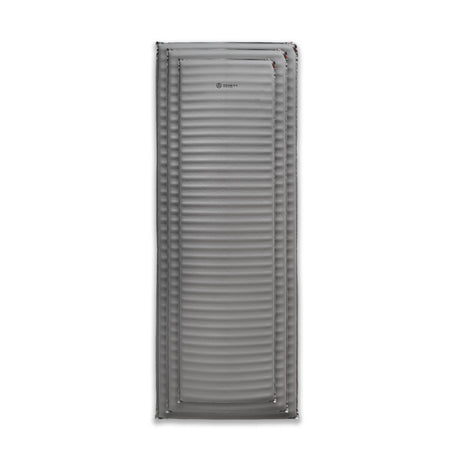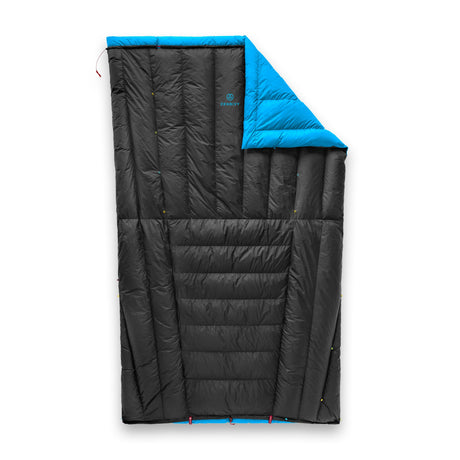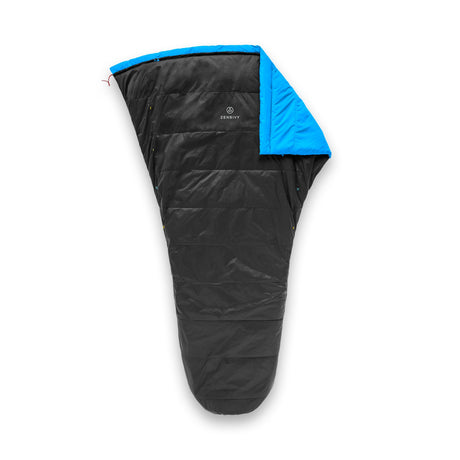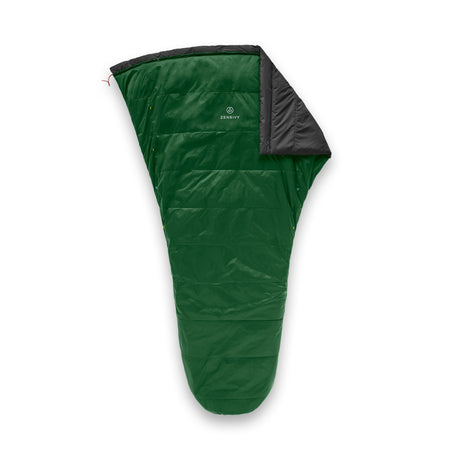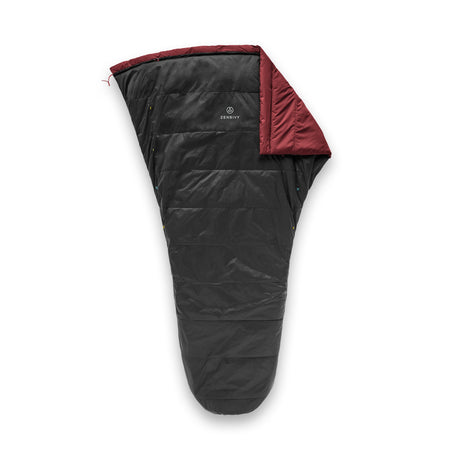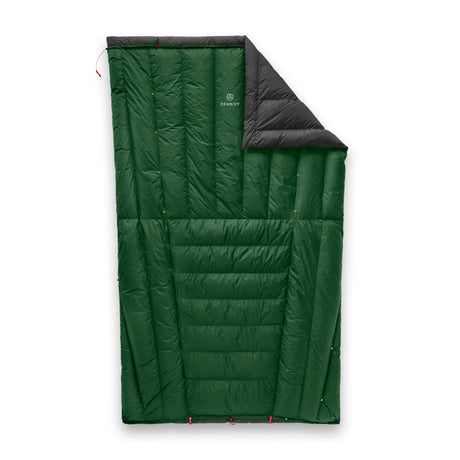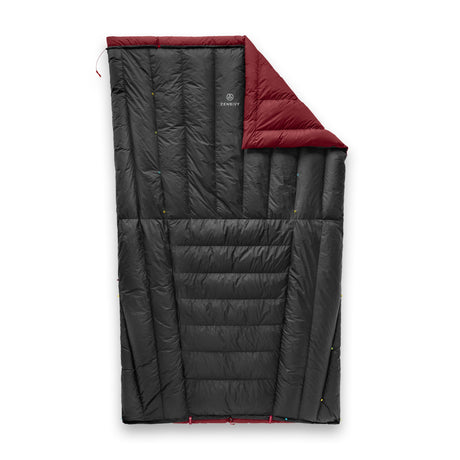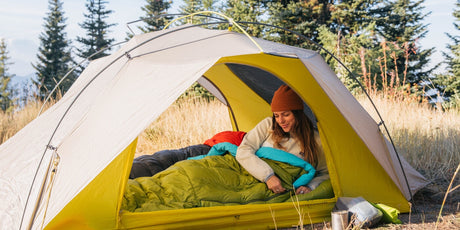As the seasons change, our gear has to adapt. One of the most crucial pieces of gear to match to the environment is a backpacking quilt. If your quilt does not fit the temperatures you’ll be camping in, you’ll either be too hot to fall asleep, or too cold. A bad night's sleep means a bad next day of hiking.
Can I Still Backpack in the Winter with Summer Quilts?
You can if you combine them! Instead of dropping $500 or more on a -5°F bag, you could just combine two of your less warm quilts to double up on the insulation! It’s similar to using a sleeping bag or quilt liner (except it's another quilt.) This is also a more environmentally friendly alternative. By choosing to use what you already have, you avoid expending the resources needed to make a new quilt. It also prevents you from having to store a giant winter weather backpacking quilt in your closet. The winter quilt might be the same weight as two of your summer quilts combined—so this could potentially save you the carried weight as well.
How Would I Combine My Quilts?
Zenbivy quilts could be combined by clipping them both to a sheet. Zenbivy quilts have the advantage of being able to mix and match with any sheet, so you could even add a -5°F sheet to your kit and combine it with your two quilts to complete a winter set up. Regardless of your sheet, any Zenbivy clip quilt will be able to clip into it. For example, if you have a 25°F Ultralight Quilt, you could layer a 40°F Synthetic Light Quilt with it and have an exponentially warmer sleep set up. This is not the only combination you could make—just one of many!
If you have a Zip Bed, this will be more difficult, but not impossible. Each Zip Bed only can be combined with the sheet it comes with due to the zipper only having one partner. To layer quilts with this system, you could slip one quilt inside the other (like a sock into a shoe) and then zip the outermost quilt shut to seal in the warmth.
One of the most important factors to make sure of is that both your quilts have enough room to fully loft. Compressed down is much less efficient at keeping the hiker warm.
Choosing a Mattress with the Right R-Value
When camping in winter conditions, it’s not just your quilt combination that will keep you warm, but also the kind of sleeping mattress (or mattresses) you choose. For optimal performance in above-freezing temperatures, the mattress should have an R-value of 4.49–5.17 for EN/ISO-matched ratings. If below-freezing, the recommended R-value target is 7.0. This can be achieved by layering a 3-season mattress on top of a closed-cell foam pad (around R2), or by investing in a winter sleeping mattress. Your quilt and mattress work as a system—if one of them is not up to the same level of warmth as the other, you cannot expect it to perform to its full potential.


